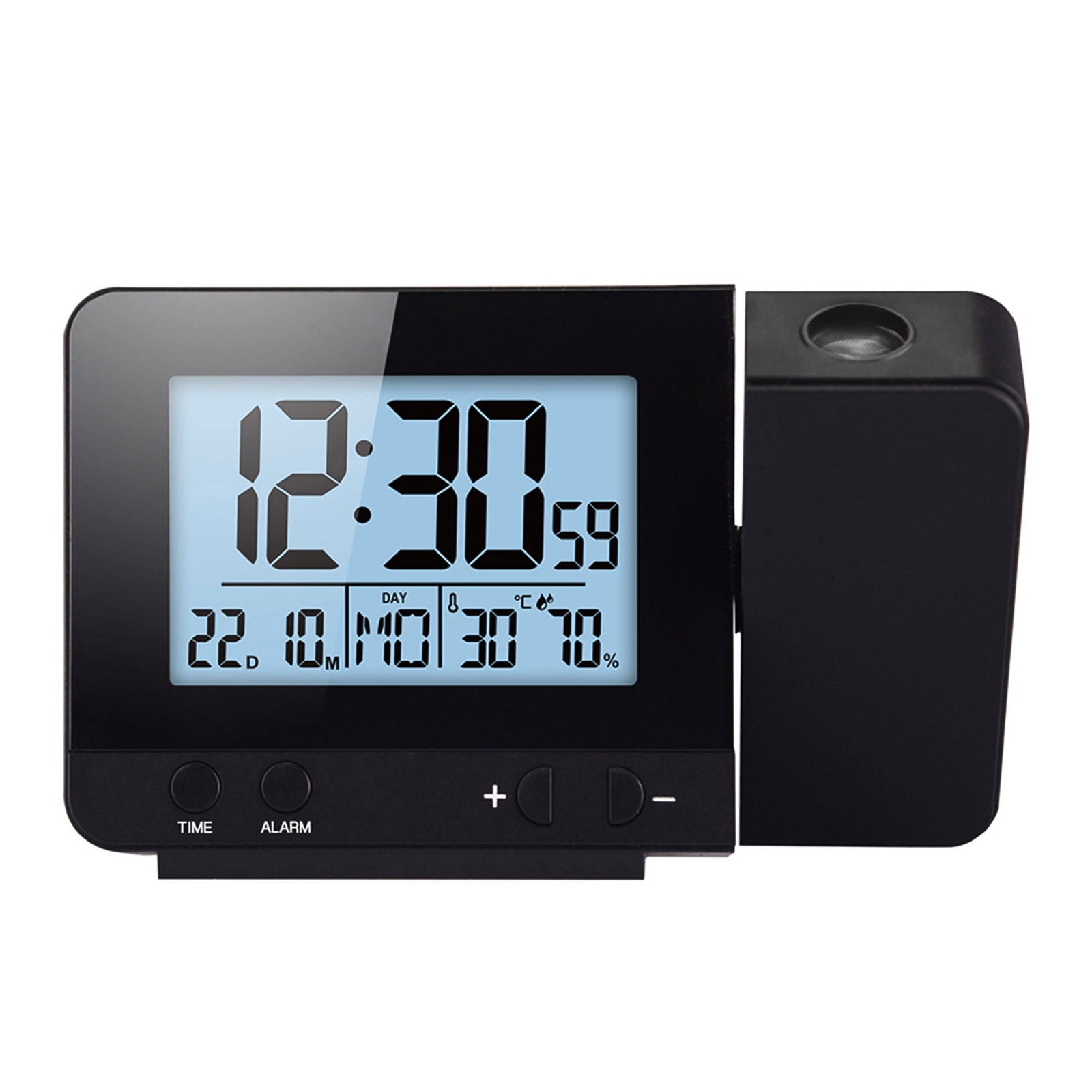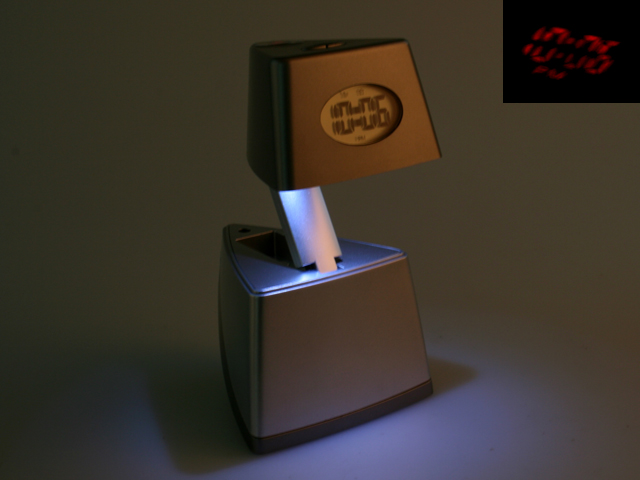

FulanoDetail has updated the log for DIY Mech/Exoskeleton suit.Kirby on Getting Geared Up For Home Powder Coating.
#Analog projector clock generator#
#Analog projector clock software#
This results in a waste of time and frustration, and all for maybe trying to shave EUR 0.50 off of the BOM.Īnd all the while they do not have extra pins for debugging purposes.Įxtra I/O pins for debugging with a Logic Analsyer is an extremely helpfull while searching for software bugs. A month later the few KB of Ram or Flash they have is filled and they need to switch uC for their project. I also see lots of beginners on avrfreaks (for example) who start with a small 8pin tiny AVR and then have to add shift registers or I/O expanders because they run out of pins.

Posted in Arduino Hacks, LED Hacks Tagged clock, lcd, led Post navigation I’m not sure if you would want to attach your expensive camera lenses to a home-made projector like this, but it’s good to have the option if you have a dead E-mount lens that you were going to tear apart for parts anyway. has released all of the files he created for the project, including a number of options for the case that can use C-mount and Sony E-mount lenses. His project has room to grow as well: it runs from an Arduino compatible STM32 that could handle many things other than showing the time if you were inclined to expand the project further. He does a nice job of laying out his thinking in this design, showing how he calculated the projection path and made other decisions. Cheap is the order of the day here, and succeeded admirably, creating a design that can be made with a couple of cheap PCBs, a 3D printer and the other parts mentioned above. They may also display other information such as temperature and humidity.There are plenty of cheap projection clocks available, but as points out in this project, where’s the fun in just buying something? He set out to build a cheap projection clock using a small LCD screen, a cheap LED backlight, and a cheap lens. Some projection clocks are radio-controlled, synchronising with a broadcast time standard and always displaying the right time without the need to set them.

High-brightness analog projection clocks can superimpose a business' logo on top of the clock face, while there are low-brightness projection clocks designed for home use that project for example a logo in addition to the time. Projection clocks are also used in advertising and merchandising. Clocks usually have a conventional display on their body, in addition to the projector, The image generated by most projection clocks is large enough that a nearsighted person can see it from a distance without glasses or contact lenses.

The clock can be placed almost anywhere, if only the projected image must be seen. A projection clock (also called ceiling clock) is an analog or digital clock equipped with a projector that creates an enlarged image of the clock face or display on any surface usable as a projection screen, most often the ceiling.


 0 kommentar(er)
0 kommentar(er)
